Celery - a unique plant, the beneficial properties of which are known for many centuries. More ancient Greek healers began to use it in folk medicine, after which the celers safely moved to the tables of the wealthy population, and then simple peasants. In our latitudes, this plant appeared at the end of the eighteenth century and almost immediately got along. At this time, celery is used very actively, there are rooted roots, as well as leaves and cutters.
Useful properties of celery and its application
Celery contains an extensive set of vitamins and a variety of useful minerals. This vegetable culture uses almost all parts of the plant - leaves, root, and stuffing.
Nutritionists argue that celery has negative calorie content - this means that its food caloric content is quite low, at the same time to digest this product the body will need to spend a significant amount of energy. As a result of celery, it contributes to getting rid of excess weight, while the substances contained in it are removed from the body accumulated harmful substances, carcinogens and toxins.
This plant effectively cleans blood, leveling skin cover and giving them elasticity. Thanks to the antiseptic and anti-inflammatory properties, the celery juice disinfects burns and cuts, contributes to healing wounds, eliminates allergies. In addition, he strengthens the vessels, eliminates irritation and redness of the eyes. It is also widely known for the Libido Celery property.
Various parts of this plant are widely used for cooking - celery add to salads, winegres, various vegetable samples and sauces. Celery can be baked, cooking, stew. This plant will significantly improve the aroma and taste of broths and soups. Dried crushed celery add to various mixtures for vegetable seasonings, celery juicy pets marinate. Seeds of this plant flavory salt flavors. For the preparation of celery healing juice, which is used, including in dietary nutrition, use various parts of the plant - fresh greens, fibrous roots, as well as root.
Varieties celery
If you are wondering how to grow celery in the country, then to begin with the main varieties of this plant, as well as the peculiarities of the care of them.
Three main varieties of celery distinguish:
- sheet - throughout the growing season (from late spring through autumn), its fragrant greens is used, rich in vitamins;
- cherry - with powerful juicy stems that grow to the end of summer. They are used to prepare various dishes, as well as green cocktails;
- root - in food consumes its greens, as well as tubers growing about 10 cm in diameter and weighing about 400-600 g.
The root look is quite capable of providing fresh greens and useful rootes a small family. To grow a significant amount of celery greenery, respectively, it is worth choosing its sheet view.
Figure out how to grow celery on your own site is easy. To do this, you can select different varieties, early or late. This plant is a cold-resistant, able to endure frost, quite unpretentious - creating the conditions suitable for it, you can grow a good crop. For celery preferred under good lighting conditions, as well as places with fertile soil. If you drop him off at a slightly acidic soil in partial shade, the harvest is not significantly reduced, largely change the look and flavor of its greenery.
Growing celery leaf
Given a sufficiently long period of vegetation of plants, experienced gardeners prefer to grow first seedlings of celery for planting of seeds in late February. These seeds are different "tugovskhozhestyu", as they are small enough, long vygrevayutsya the sun to hatch - and for eventually shoots require constant moisture basis.
How to grow celery seed:
- To improve the germination of seeds of celery sheet prepared before planting - soaked in a weak solution of potassium permanganate or another organic solution for several hours, and then placed on a damp cloth for germination for several days.
- Prepared seeds are planted in a container with fertile soil. The optimum soil mixture of soil, sand, humus and peat in equal proportions. The upper soil layer to be sealed, then pour water. Next, after soaking the seeds should be spread evenly over the soil, the top can be a little powder to add peat. Deepen the seeds into the soil and burying it is not necessary, as in this case, we can not wait for germination.
- Upset container with seeds should be placed in a warm place for a well-lit windowsill. required to maintain temperature in the 18-23 ° C range for growing seedlings of celery. Seedlings can be expected in 7-14 days. During this period, it should be kept moderately moisten the soil with a sprayer or carefully watered it through a sieve to make sure we did not wash away the seeds.
- Postemergence container of celery seedlings were placed in a cooler location - with the temperature of 15-17 ° C. Celery Seeds usually germinate almost simultaneously, blowing long roots to the bottom of the seat capacity. Subject to all the above conditions will be actively growing seedlings. If required to do thinning.
- When 1-2 full-fledged leaves appear, it is necessary to dial seedlings. Celery seedlings carefully get from the box with a seedler and placed in a cup of 200-250 ml with a capacity filled with soil mixture. In the ground, they make a pencil with a pencil 3-5 small recesses and the corresponding number of sprouts are planted there. Cups with a seedy exhibit in a well-lit place and leave there until the average daily temperature reaches 8-10 ° C without frosts.
Next, seedlings can be placed in open ground. It is recommended to disembark her shallow, with the surface of the soil. For this, the soil is loosened by 5 cm deep into, and then the garden spatula makes shallow wells at a distance of 20-25 cm from each other, with a 2-35 cm with a row. The sprouts one are placed in the wells, water water and slightly sprinkle the earth. Top slightly tampering soil and water again.
Celery - a plant that does not require special care, only systematic watering is required as necessary, as well as timely weeds from weeds. It is necessary to ensure that the crust is not formed on the surface of the soil after irrigation - it is necessary to constantly loose it. To save time and labor costs, you can make a mulching of the soil - this will allow it to maintain the required amount of moisture, will save from the rapid growth of weeds and the appearance of an earthen crust. Observing the technology of growing leaf celery, you can expect the emergence of a harvest from mid-July - the beginning of August.
Growing root celery
Like leaf celery, the root species is grown by a sediment with the help of pre-prepared seeds, only planted a month earlier - in early February. Accordingly, the plant's type, special attention in this case should be given to the creation of conditions for the formation of full-fledged tubers.
Useful tips, how to grow root celery:
- in the first one and a half or two weeks after planting seeds, the temperature is 18-23 ° C, then after the appearance of shoots, the temperature must be reduced to 15-17 ° C to avoid an excessive sobe, with further cultivation of seedlings should be maintained 18-21 ° C. Plants undergoing short-term freezers, or growing at temperatures below 14 ° C, can also develop an excessive stack;
- for root celery, it is important to carry out the breakdown of seedlings on time, otherwise the dense-state seedlings will not give the root quality of the right quality. With the appearance of the first real sheet, the sprouts need to dive and sear into separate cups - otherwise in the future celery tubers can grow irregularly and branched, in addition, the initiation time of the root increase will increase;
- in order to obtain full-fledged root roots in the future, 55-60-day seedlings with 4-5 developed leaflets, not allowing outrage, plant in open ground;
- care for root celery is exactly the same as behind its sheet analogue - a systematic watering is required, timely weeding from weeds, it is recommended to mulch breasts. It is important to note that for root celery it is extremely not recommended to evaporate - on the contrary, it is necessary to free the top of the developing root root from the soil.
In the process of growing celery, you can collect leaves from plants in minor quantities. To get a good harvest of root celery tubers, it is not necessary to get involved in the collection of its greens, since only by the end of the season the nutrients from the leaves will begin to accumulate in root.
Before harvesting (approximately in early October), it is necessary to carry out some training - 2-3 weeks before it, the lateral leaves of celery are cut off and sprout from the upper part of the club. Approximately by mid-October, it will be possible to start directly to the harness of the root.
Growing Cherry Celery
Cultivation of seedlings of Cherry Celery produce similarly to the leafy. At the same time, starting with the landing of Rostkov to open ground, there are some features - how to grow celery with cereal. The grooves in the soil for planting are done deeper than for leaf celery - a depth of about 10 cm. The top kidney is similar not to be buried in the ground, but after the start of the intensive thickening of the celery stalks, the plant is plunged several times throughout the season.
In addition, for one and a half or two weeks before the planned duty of harvesting the crop height of about 35 cm is formed into bundles and the base is wrapped in black paper - so that the leaves are supervised out. This technology of cultivation is called "bleaching of the cherry" - thus, celery stems are getting rid of an excessive bitterness, the flesh becomes gentle and especially juicy. Collect the crop of cherry celery is necessary before the appearance of frosts.
Harvest storage
Sheet celery is assembled and used fresh in food as needed, and you can also freeze its greens or suck.
Dried root celery tubers can be stored in the basement (in a dry ventilated place).
Celery celery after collecting is covered in the food film or fold into the package, and stored in the refrigerator, using as needed. It is also possible to store celery petreshes in the freezer for several months - after defrosting it can be used to prepare a variety of thermally treated dishes (it is considered that in a frostbed cheese, it is unavailable).
Celery diseases and pests
This plant is often susceptible to the occurrence of diseases (peeling white, seven and base of the stem, as well as the so-called "black leg", bacterial spottedness and viral mosaic of leaves). To prevent the occurrence of these diseases, it is necessary to strictly observe celery cultivation technology, collect slugs and snails, carrot flies. It should be gone from weeds in time and watering the plants, not allowing the excessive moisturity of the soil and stagnation of water. In addition, it is necessary to avoid excessive concentration of plants, performing, if necessary, thinning is to avoid the yellowing and weakening of the lower leaves of celery.


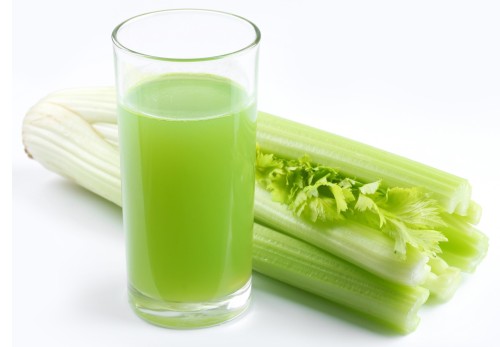
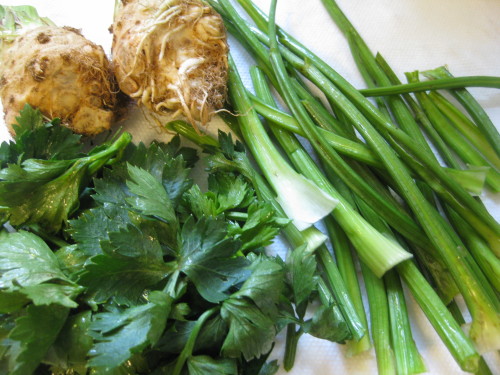
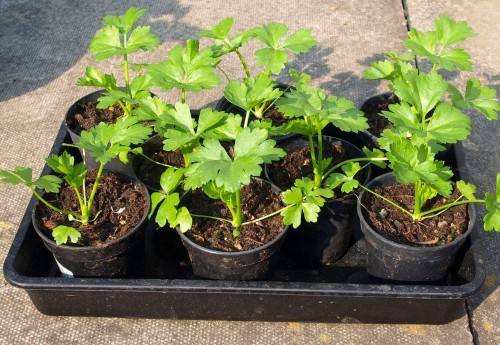
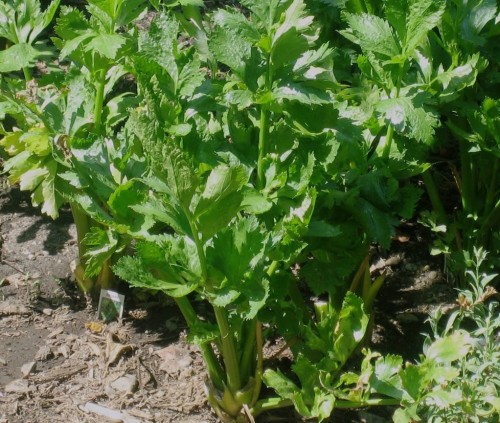

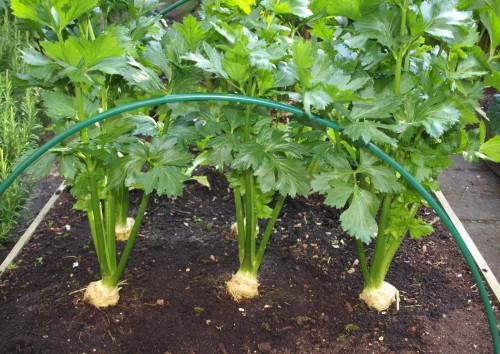
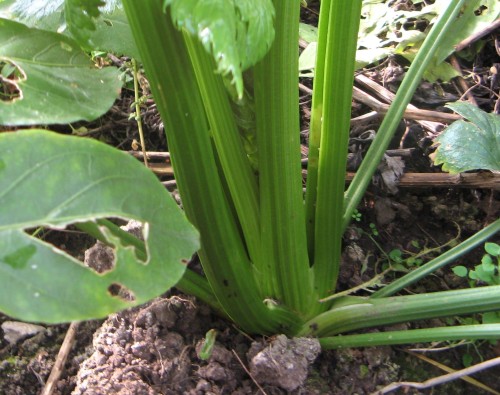
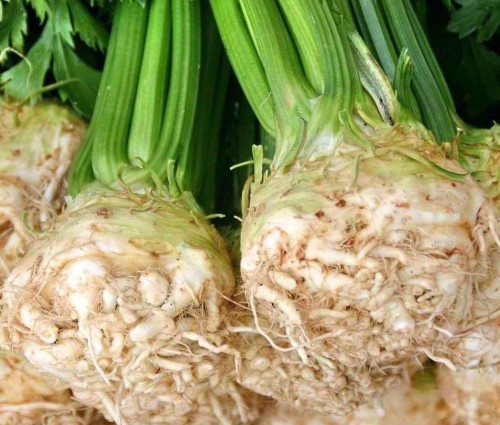
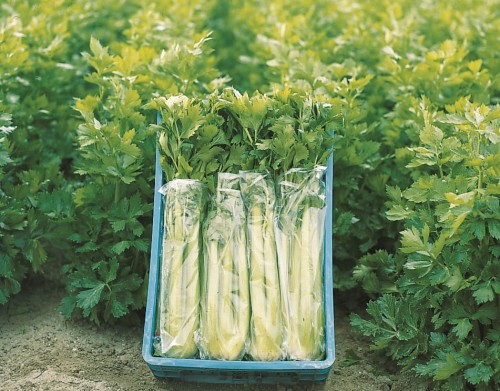
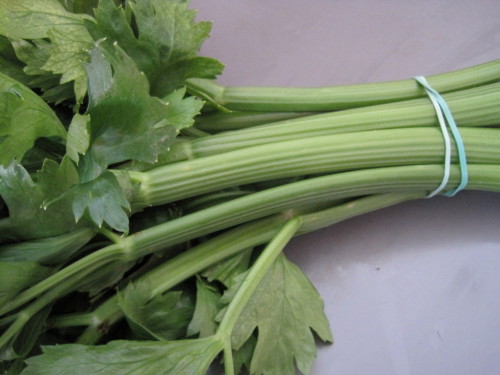












 Start a discussion ...
Start a discussion ...